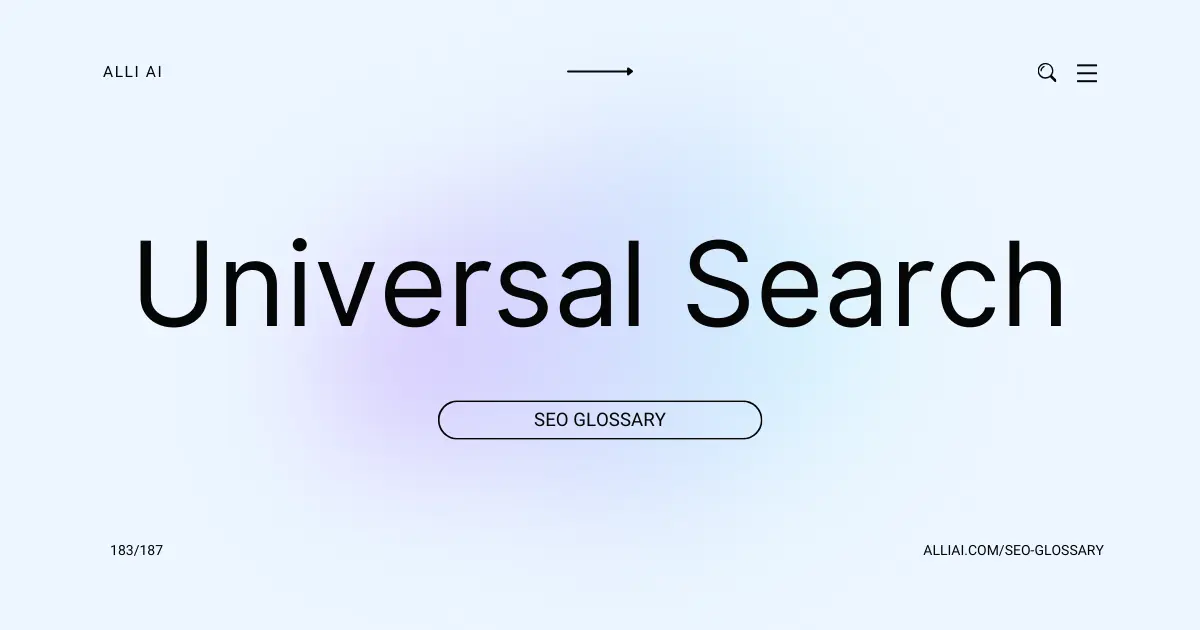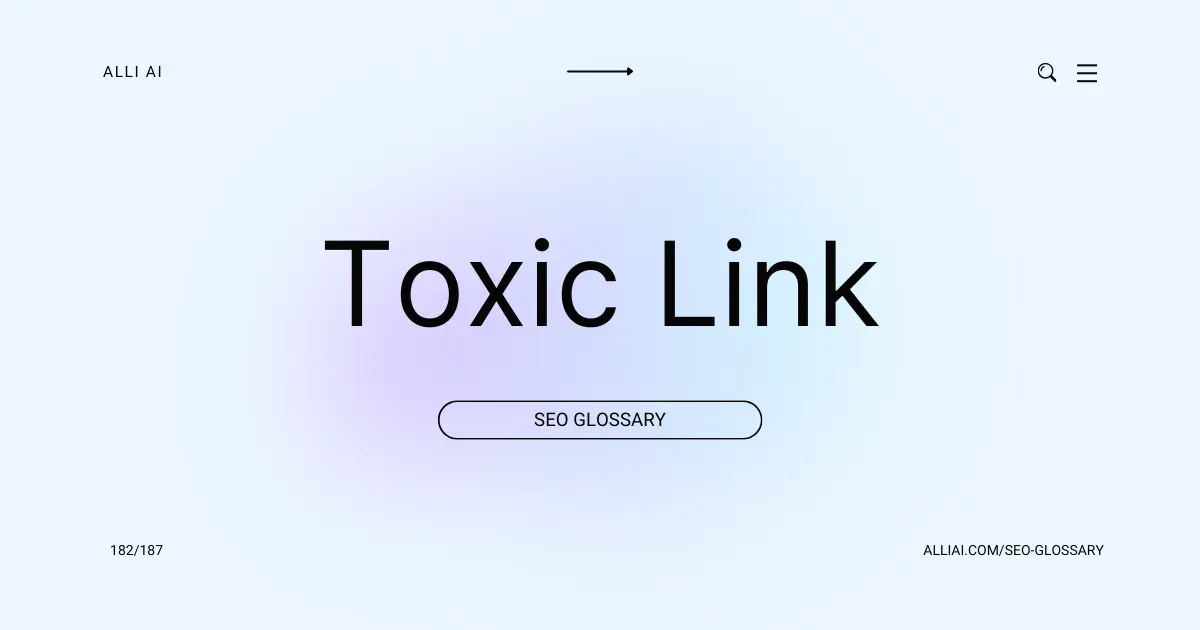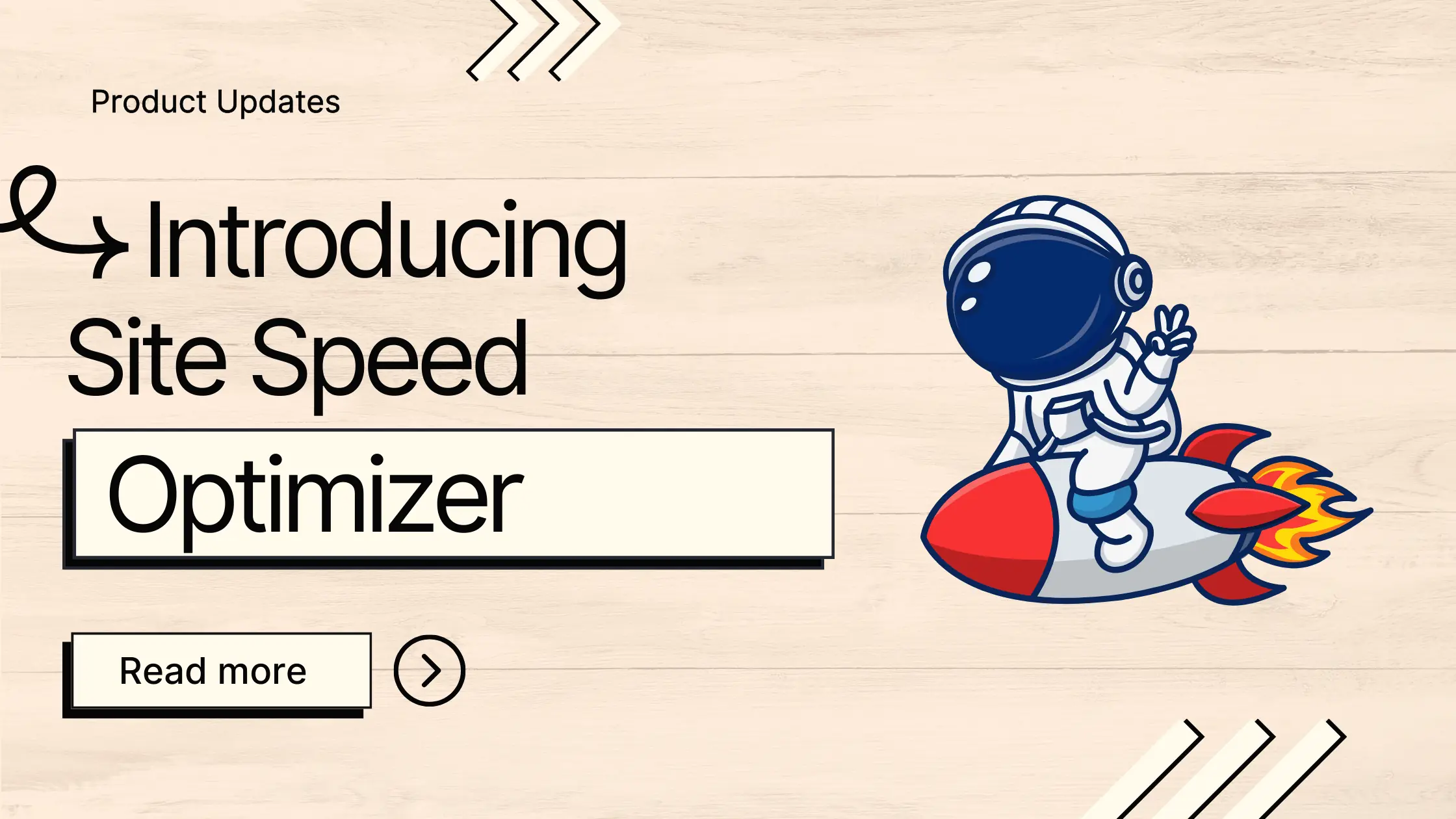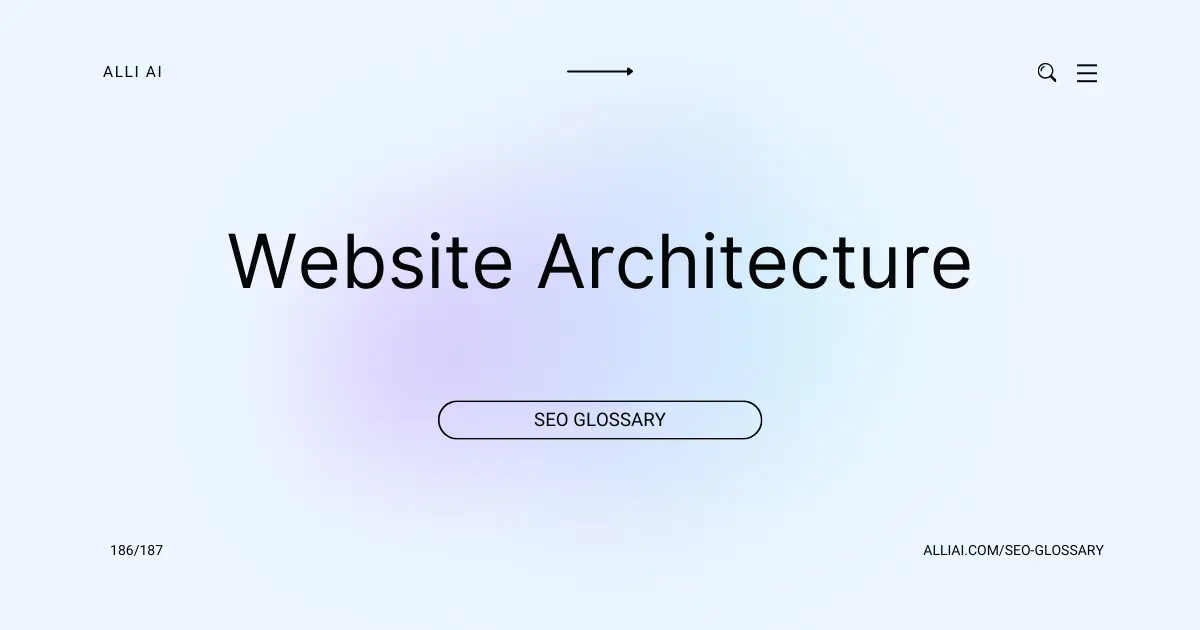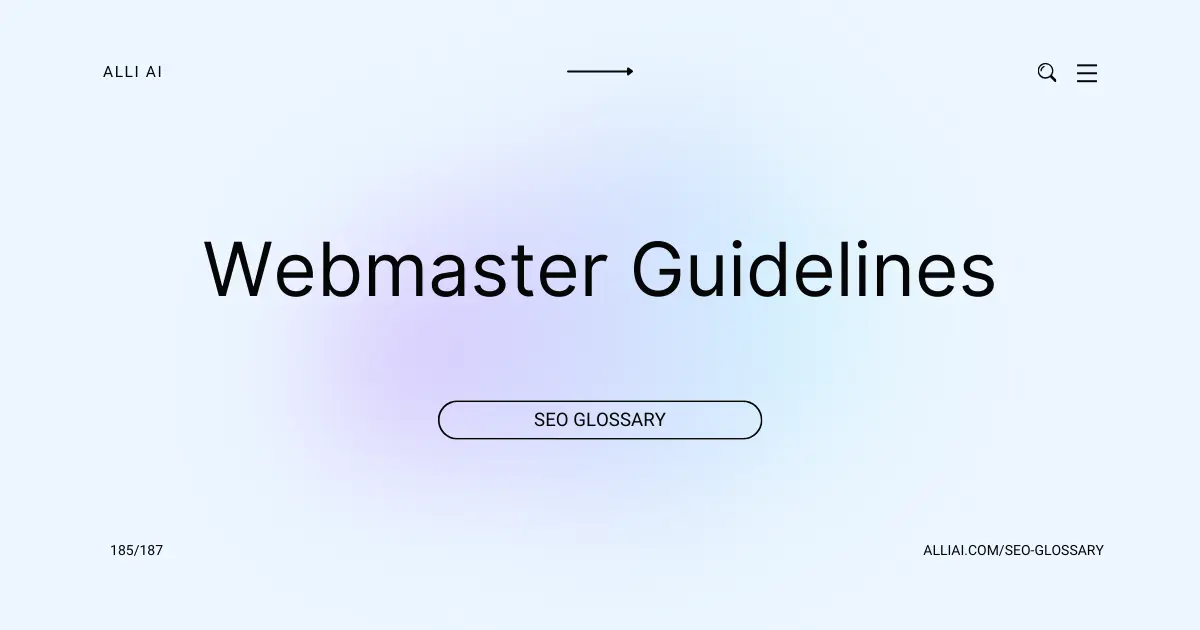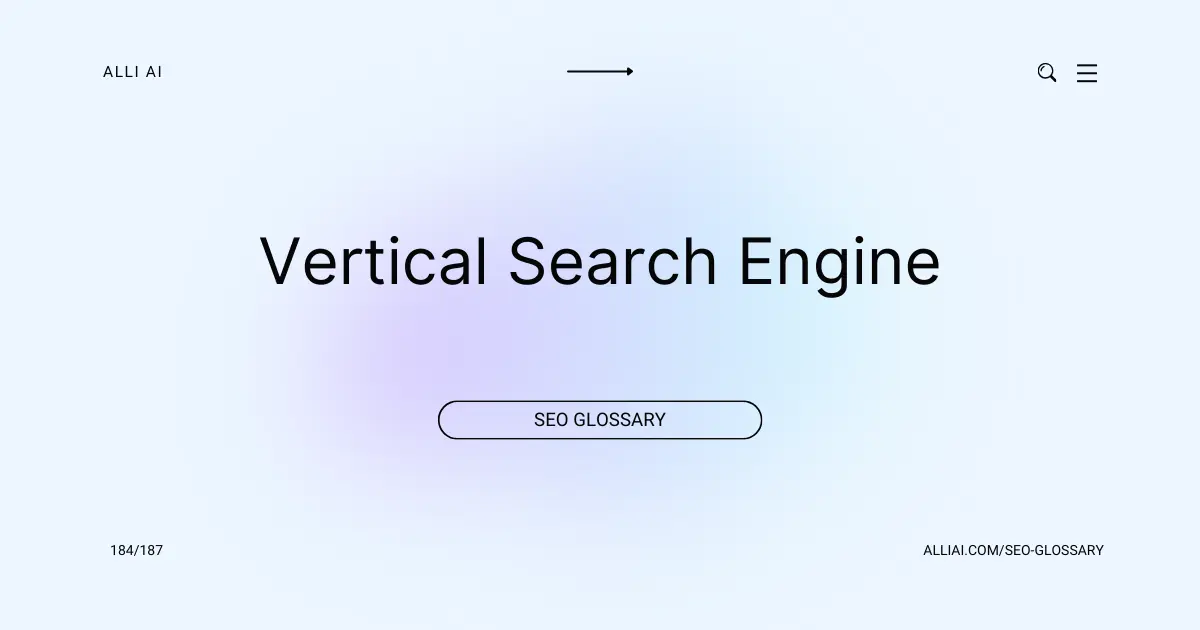What Does Keyword Mean?
A keyword is a word or phrase that people use to search for information online. In SEO (Search Engine Optimization), a keyword is what you want your website or content to be found for in search engines like Google. By using relevant keywords, you can help improve your site’s visibility to those who are looking for the topics you cover.
Where Does Keyword Fit Into The Broader SEO Landscape?
Keywords are fundamental to SEO as they are one of the primary methods search engines use to determine the relevance of a website to a user’s query. Implementing relevant keywords within a website’s content helps search engines understand the topics the site covers and therefore can match it more accurately to search queries.
In the broader SEO landscape, keywords influence various elements, including:
1. Content Creation: Keywords guide the development of content, ensuring it is tailored to the search terms target audiences are using. This relevance drives better engagement and improves the likelihood of ranking higher in search engine results pages (SERPs).
2. On-Page SEO: Beyond content, keywords are integral to optimizing on-page elements such as titles, meta descriptions, header tags, and alt text, which help search engines understand the primary focus of each page on a website.
3. Search Intent: Modern SEO emphasizes understanding the user intent behind search queries. Keywords help categorize intent into informational, navigational, transactional, or commercial intents, influencing content strategy and architecture.
4. Link Building: Keywords can enhance link-building efforts by identifying the terms and phrases that are most valuable for a specific market or industry. These terms can be incorporated into anchor texts for internal linking or be part of the strategy to gain inbound links from reputable external sources.
5. Site Structure: Keywords impact site architecture by highlighting the primary topics or services offered, leading to a hierarchy in site structure that enhances user experience and eases crawling by search engines.
6. User Experience: By integrating keywords in a way that addresses user queries effectively, websites can improve user experience, resulting in longer dwell times and lower bounce rates, which are positive signals to search engines.
7. Performance Tracking: Keywords are essential for measuring SEO success. Tracking rankings and visibility for targeted keywords helps gauge performance and optimize strategies accordingly.
In summary, keywords act as a linchpin in connecting user queries to the relevant content on a website, influencing both the strategic approach to SEO and the tactical elements from content creation to performance analysis.
Real Life Analogies or Metaphors to Explain Keyword
1. Keywords are like the spices in a recipe; they enhance the flavor and ensure that the dish comes out exactly how you want it, appealing to those with a specific taste.
2. Keywords are like the coordinates on a map, guiding travelers (searchers) directly to their desired destination (your website).
3. Keywords are like the magnets in a treasure hunt, attracting seekers to the hidden treasures (relevant content or products) on your site.
4. Keywords are like the hooks in a song, catching the listener’s ear and making the tune memorable and easy to find again.
5. Keywords are like the flashlight in a dark room, illuminating the path directly to the objects you’re searching for amidst the darkness (the vast internet).
How the Keyword Functions or is Implemented?
1. Research: Identify relevant keywords through tools like Google Keyword Planner, SEMrush, or Ahrefs. Focus on search volume, competition, and relevance.
2. Selection: Choose keywords based on business relevance, search intent, and SEO goals. Distinguish between short-tail and long-tail keywords.
3. Optimization:
– Title Tag: Place key phrases near the start of the title tag.
– Meta Description: Incorporate keywords naturally to describe the page content.
– Headings (H1, H2, H3): Use keywords in headers to organize content.
– Content: Integrate keywords contextually within the web page content, maintaining natural language and avoiding keyword stuffing.
– URLs: Include keywords in clean, concise URLs.
– Alt Text: Use keywords in the alt text of images to describe visuals.
4. Content Creation: Develop content that answers queries related to the targeted keywords. Ensure the content is informative, relevant, and provides value.
5. Technical SEO:
– Schema Markup: Use structured data to help search engines understand the content and context of keywords used.
– Sitemaps and Robots.txt: Ensure these files are optimized to boost SEO effectiveness, presenting keyword-optimized pages to search crawlers.
6. Analytics: Track keyword performance with tools like Google Analytics and Google Search Console to analyze traffic, rankings, and engagement.
7. Adjustment: Refine keyword strategies based on performance metrics, updating content and meta elements as needed to improve search rankings and meet SEO goals.
Impact Keyword has on SEO
Keywords are central to SEO because they help determine where and how a website appears in search engine results. By aligning website content with relevant keywords, sites can effectively target user search queries, improving their visibility and ranking in search engine results pages (SERPs). Proper keyword optimization enhances user experience by making content more relevant and accessible to those searching for related topics, thereby increasing engagement, reducing bounce rates, and boosting conversion rates. Additionally, using appropriate keywords in meta tags, descriptions, and throughout content helps search engines understand the context of pages, further aiding in appropriate indexing and ranking.
SEO Best Practices For Keyword
1. Keyword Research: Confirm relevance, search volume, and competition for the keyword. Use tools like Google Keyword Planner, Ahrefs, or SEMrush.
2. Competitive Analysis: Analyze top-ranking pages for the keyword. Note common features like content length, format, and backlinks.
3. Content Creation:
– Include the keyword in the title tag, ideally at the beginning.
– Use the keyword in the meta description to improve click-through rate.
– Incorporate the keyword in the first 100 words of your content.
– Use the keyword naturally in the content, maintaining a keyword density of 1-2%.
– Employ variations and synonyms of the keyword throughout the content.
4. On-Page SEO:
– Use header tags (H1, H2, H3) effectively; include the keyword in at least one subheading.
– Optimize images using the keyword in the file names and alt text.
– Include the keyword in the URL.
5. Internal Linking: Link to and from other relevant pages on your site using the keyword as anchor text where appropriate.
6. External Linking: Include outbound links to reputable sites to provide additional value and context.
7. User Engagement:
– Improve the page layout to make the content easy to read and engaging.
– Add multimedia elements like images, videos, or infographics that include or relate to the keyword.
8. Mobile Optimization: Ensure the page is responsive and loads quickly on mobile devices.
9. Page Speed Optimization: Use tools like Google PageSpeed Insights to find and fix speed issues. Compress images, leverage browser caching, and minimize CSS and JavaScript.
10. Social Media Sharing: Encourage sharing of your content on social media to generate traffic and possible backlinks.
11. Monitor Performance: Use Google Analytics and Google Search Console to track traffic, rankings, and engagement and adjust the strategy as needed.
12. Update Regularly: Periodically update the content to keep it fresh and relevant, potentially incorporating new keywords and information.
Common Mistakes To Avoid
1. Keyword Stuffing: Avoid packing too many keywords into your content unnaturally; maintain a reasonable keyword density and ensure content readability and quality.
2. Irrelevant Keywords: Do not use keywords that are unrelated to the content of your webpage; the keywords should reflect the true purpose and subject matter of the page.
3. Overlooking Long-Tail Keywords: Focus on including long-tail keywords, as they can target more specific queries and potentially lead to higher conversion rates.
4. Ignoring Search Intent: Always align keywords with the user’s search intent (informational, navigational, transactional). Misalignment can lead to poor user experience and high bounce rates.
5. Failing to Update Keywords: Keyword trends can change; regularly research and update your keywords to reflect current and relevant terms.
6. Neglecting Local SEO: For businesses serving specific geographical areas, ignoring local search keywords, such as the name of the city or region, can result in missed opportunities.
7. Using Only Broad Keywords: Balance the use of broad and specific keywords; broad keywords are more competitive, while specific ones often lead to more qualified traffic.
8. Not Utilizing Keyword Tools: Leverage keyword research tools to gain insights into keyword performance, competition, and other metrics instead of guessing which keywords might perform well.
9. Focusing Solely on High-Volume Keywords: High search volume doesn’t always mean high relevance; consider lower-volume keywords that might bring more targeted, thus potentially more valuable, traffic.
10. Ignoring Keyword Placement: Keywords should be strategically placed in titles, headers, meta descriptions, alt texts, and throughout the content to optimize visibility without disrupting user experience.

